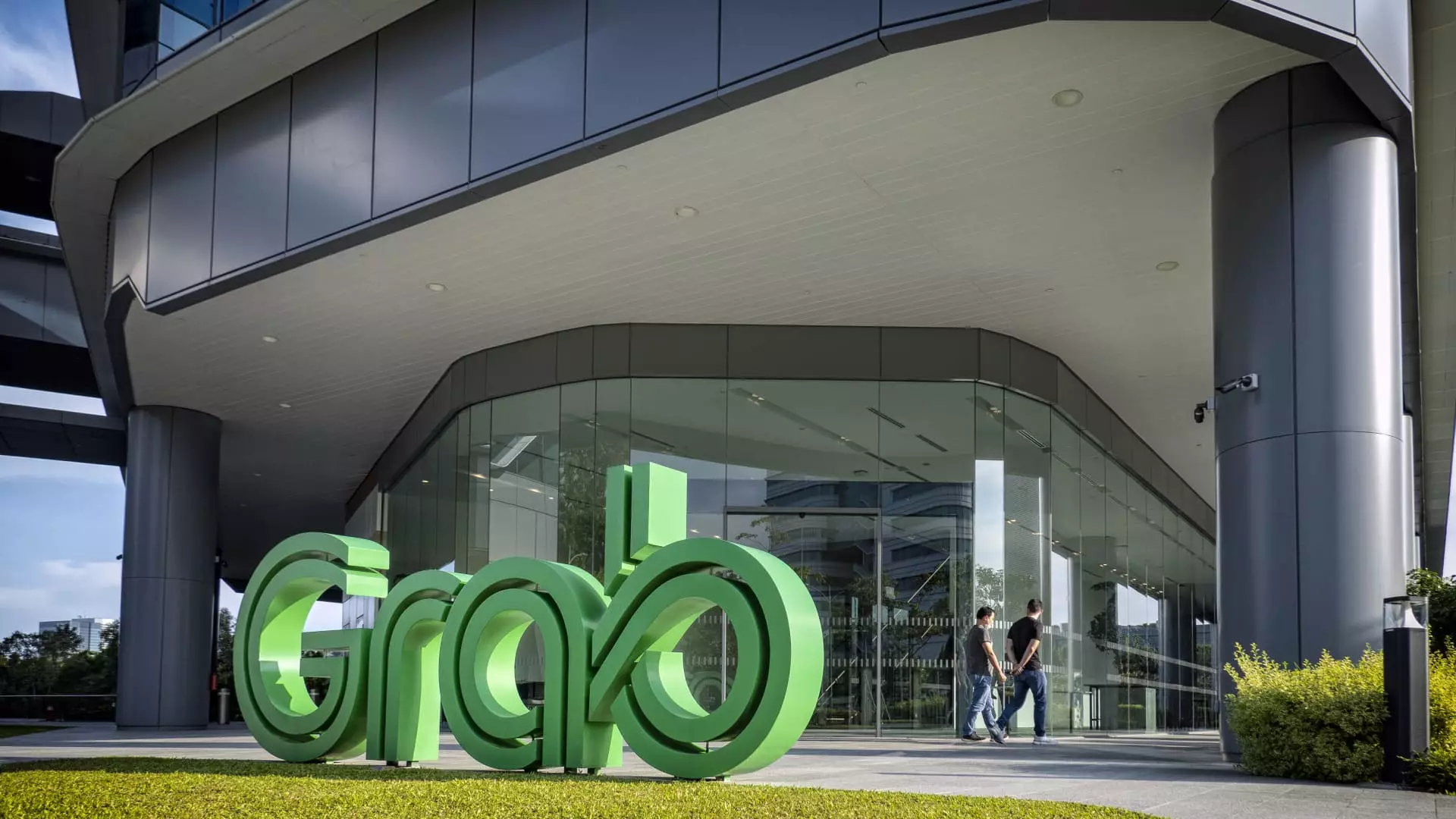In the wake of mixed earnings reports and subdued future guidance, Grab Holdings is earning new attention from the investment community, particularly from JPMorgan. Following the company’s recent earnings call, which revealed disappointing fourth-quarter figures including lower-than-expected EBITDA and net income, JPMorgan upgraded its stance on Grab’s stock from neutral to overweight. This upgrade signifies that while the company faced immediate challenges, there is a belief that long-term growth prospects remain intact.
The stock experienced a significant setback, plummeting over 10% after the earnings were released. Grab’s reported adjusted EBITDA for 2025 fell short of analysts’ expectations, with anticipated figures ranging between $440 million and $470 million, compared to a consensus estimate of $496.5 million, indicating a potential gap between investor expectations and actual performance. Furthermore, Grab’s revenue guidance for the upcoming year—between $3.33 billion and $3.40 billion—also reflected a cautious outlook, which was merely in line with analyst expectations.
This sub-par performance has led to skepticism among investors. Over the last year, Grab’s stock has experienced a commendable rise of nearly 39%, but the year-to-date figures tell a less encouraging story, with only a modest increase of 1.4%. Such fluctuations can foster uncertainty regarding the company’s trajectory, and while the dip was pronounced, it’s essential to understand the context of these results and future potential.
Despite immediate hurdles, analyst Ranjan Sharma expressed optimism and labeled the company’s guidance as potentially conservative. Notably, Grab has a track record of exceeding its earnings forecasts in both 2024 and 2023. This raises intriguing questions about the reliability of forward guidance in an environment where companies can often surprise positively. Sharma underscores that should the company continue to deliver stronger-than-expected results, it could lead to upward revisions in earnings expectations, generating investor excitement and renewed confidence in Grab.
Moreover, the growing number of monthly transacting users suggests an additional layer of support for future growth. A broader user base generally leads to increased engagement and revenue opportunities. Sharma also points to an enhanced focus on reducing costs and expanding affordable service offerings, which may foster growth in the mid-term.
Grab’s positive trajectory isn’t solely reliant on its core ride-sharing and food delivery services. The company appears to be successfully expanding its advertising revenue streams, as evidenced by increased active advertisers on its platform during Q4. This diversification into advertising indicates a strong potential for margin growth alongside traditional delivery revenue, as the platform matures and advertisers seek out opportunities within the user base.
The overall consensus among Wall Street analysts remains largely bullish towards Grab. Of the 25 analysts covering the stock, 20 have issued strong buy or buy ratings, while only five maintain a hold. With an average price target of around $5, there’s an implied upside potential of over 15%, underscoring lingering confidence despite recent declines.
While Grab Holdings encountered a rough patch marked by disappointing earnings, analysts like Ranjan Sharma are leaning towards a more optimistic view. The combination of user growth, revenue diversification, and strategic cost management could set the stage for a potentially profitable rebound in the coming months.

